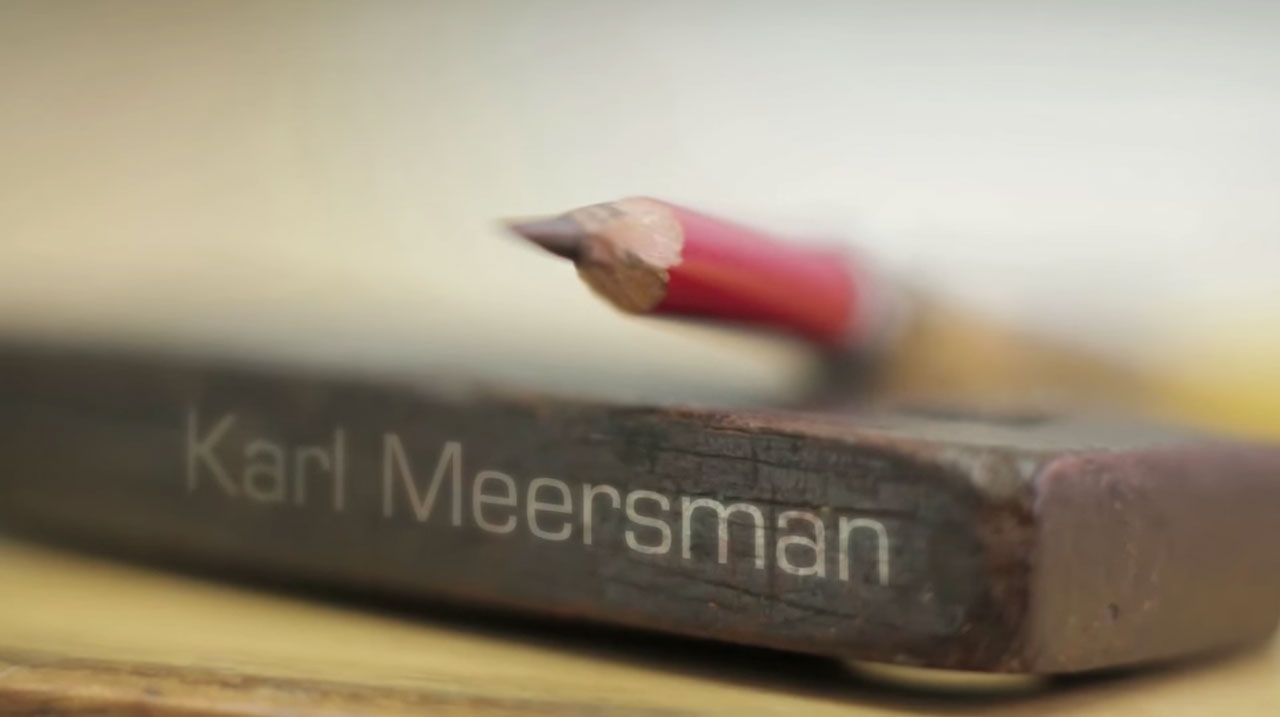Based on craftsmanship (Karl Meersman)
“My technique - watercolour on paper - is centuries old. It"s a slow process, whereby layer upon layer penetrates the Steinbach paper.
You can best compare it to the fresco technique, where the paint is applied to a fresh layer of lime plaster and is absorbed by the damp base. Pigment and base dry together to form one whole. Exactly the same happens with the watercolours on my paper. It requires foresight, because once the paint has been applied it can no longer be removed or corrected. What is peculiar to this technique is that the paper is left blank for the white, or light parts, of the picture. First of all I go through an intense thought process, so that the picture is more or less ready in my head before I start.
Then it’s a question of matching, or approximating that image...
Yet I have only a day and a half to complete it. The tight deadline and the slow technique constitute a paradox that forces me to work striaghtforwardly.
Two cartoons appear every week, in Trends and KnackFocus. I look with the editorial board at what stands out in a given week in terms of economic and political news, or who’s attracting attention in the world of film, art or showbiz. Often I do portraits of more or less famous people.
Two cartoons appear every week, in Trends and KnackFocus. I look with the editorial board at what stands out in a given week in terms of economic and political news, or who’s attracting attention in the world of film, art or showbiz. Often I do portraits of more or less famous people. The method is always the same: I withdraw into my imagination in search of that one powerful image. The basis is a pencil drawing, coloured with watercolour, gouache and other materials. But every step, from embryonic idea to meeting the deadline, is handwork. Craftsmanship is essential as the basis. So is letting go, because it’s about more than just technique:
Humour, emotion and opinion are at least as important.
